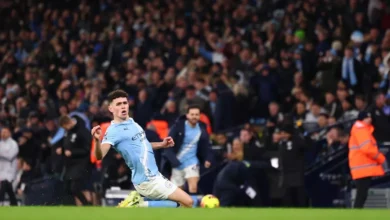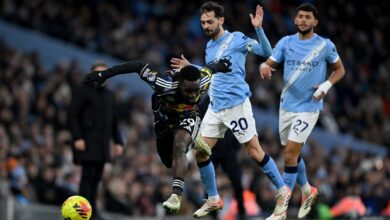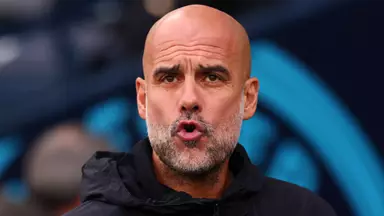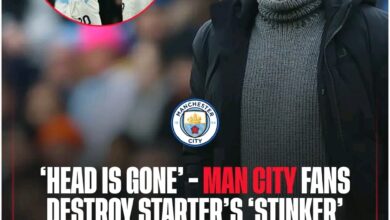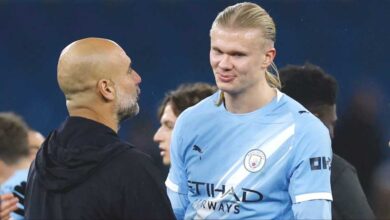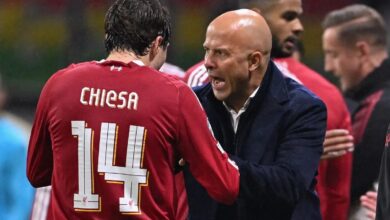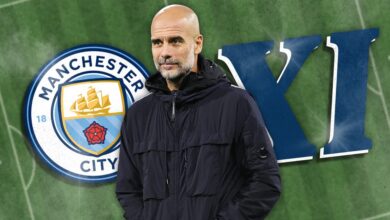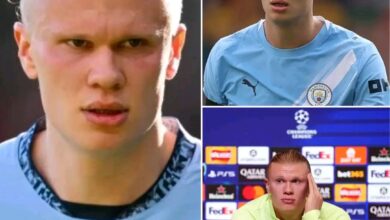Manchester City’s Summer 2025 Transfer Revolution: A Strategic Analysis
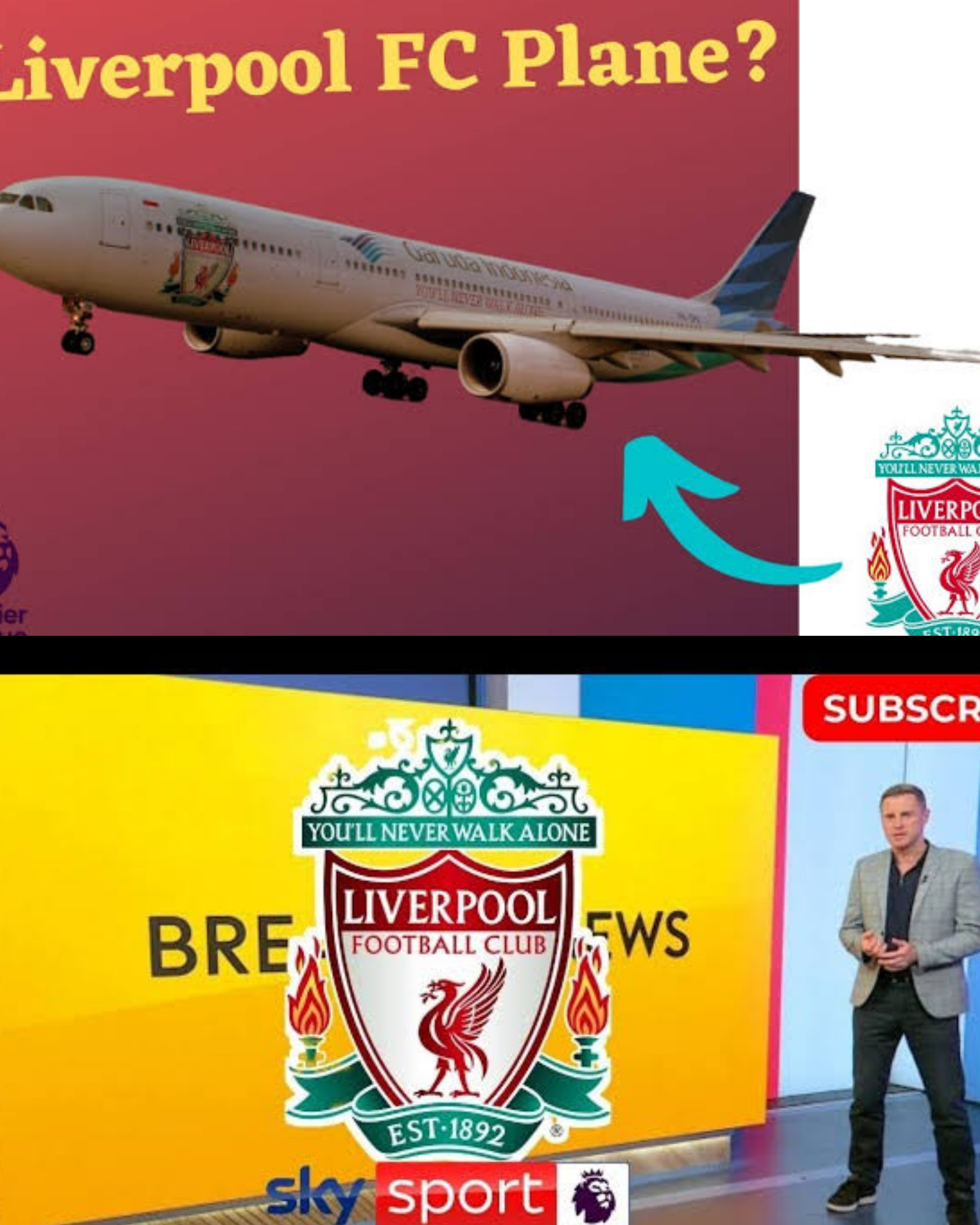
The summer of 2025 marked a pivotal moment in Manchester City’s recent history, representing perhaps the most significant recruitment overhaul since Pep Guardiola’s arrival at the Etihad Stadium. Following what can only be described as a disappointing 2024/25 campaign—one that fell short of the club’s extraordinarily high standards—City’s hierarchy embarked on an ambitious and expensive mission to recalibrate their squad for renewed success.
This comprehensive analysis examines the strategic thinking behind City’s summer transfer business, the individual signings that defined their approach, and the broader implications for the club’s immediate and long-term future. Central to this discussion is the controversial acquisition of James Trafford and the complex goalkeeper situation that has emerged, alongside the tactical and financial considerations that have shaped one of the most talked-about transfer windows in recent memory.
The context surrounding City’s aggressive recruitment drive cannot be understated. For a club accustomed to domestic dominance and European excellence, the 2024/25 season represented a stark reminder of football’s inherent unpredictability and the constant evolution required to maintain elite status. Whether through aging key players, tactical stagnation, or simply the cyclical nature of success in modern football, City found themselves facing the uncomfortable reality that significant investment and strategic recalibration were necessary.
Manchester City’s approach to the transfer market has always been characterized by a blend of immediate tactical needs and long-term strategic planning. Under the stewardship of Director of Football Txiki Begiristain and with Pep Guardiola’s tactical vision as the guiding principle, the club has traditionally pursued players who fit specific positional and technical profiles rather than simply acquiring the most high-profile names available.
The summer 2025 window represented an intensification of this philosophy, albeit with greater urgency and financial commitment than perhaps any previous transfer period. The club’s recruitment team, working in conjunction with Guardiola’s detailed tactical requirements, identified several key areas requiring immediate attention: defensive stability, midfield creativity, attacking versatility, and crucially, goalkeeping reliability.
This multi-pronged approach reflected a sophisticated understanding of modern football’s demands. Rather than addressing deficiencies in isolation, City’s transfer strategy appeared designed to create synergistic improvements across multiple areas of the pitch. Each signing was evaluated not just for their individual capabilities, but for how they would integrate with existing personnel and enhance the collective tactical framework that has defined Guardiola’s Manchester City.
The financial commitment required for such an ambitious overhaul was substantial, reflecting both the inflated nature of the modern transfer market and the premium associated with acquiring players capable of immediate impact at the highest level. City’s owners demonstrated their continued commitment to sporting excellence, authorizing expenditures that would raise eyebrows even in an era of increasingly astronomical transfer fees.
One of the most significant aspects of City’s summer business was their focus on defensive reinforcement. The 2024/25 season had exposed certain vulnerabilities in City’s backline, whether through individual errors, collective miscommunication, or tactical adjustments by opponents who had begun to decode Guardiola’s defensive strategies more effectively.
The acquisition of a marquee center-back represented both an immediate solution and a long-term investment in defensive stability. Modern center-backs in Guardiola’s system are required to excel in multiple phases of play: defending against direct attacks, initiating build-up play from deep positions, providing width when fullbacks invert, and maintaining positional discipline during the team’s complex tactical rotations.
The chosen defender brings a combination of physical presence, technical ability, and tactical intelligence that aligns perfectly with City’s requirements. Their passing range and comfort in possession address the need for ball-playing capabilities, while their defensive instincts and aerial prowess provide the kind of robust foundation that Championship-winning teams require. The substantial transfer fee reflects not just their current ability, but their potential to anchor City’s defense for the next decade.
Complementing this central defensive addition, City also moved to strengthen their fullback positions, recognizing the crucial role these players occupy in Guardiola’s tactical system. Modern fullbacks in City’s setup are expected to function as auxiliary midfielders, creative outlets, and defensive anchors depending on the phase of play and tactical situation
The midfield has always been the engine of Guardiola’s Manchester City, and the 2025 summer window saw significant investment in this crucial area. The acquisition of a dynamic central midfielder addressed several tactical needs simultaneously: providing additional creativity in the final third, offering defensive solidity during transitions, and bringing the kind of press-resistant qualities that are essential in high-intensity matches against elite opposition.
This midfield signing represent more than just an addition to the squad; it signals a potential evolution in City’s tactical approach. The player’s ability to operate in multiple midfield roles provides Guardiola with increased flexibility in his team selection and tactical adjustments during matches. Whether deployed as a deep-lying playmaker, box-to-box midfielder, or advanced creative force, their versatility aligns with City’s preference for tactically intelligent players capable of adapting to different game situations.
The integration of new midfield personnel also addresses concerns about squad aging and the need for succession planning. Several key midfielders from City’s most successful periods were showing signs of decline or increased susceptibility to injury, making the introduction of fresh talent both necessary and strategically wise.
City’s attacking additions focused on maintaining their reputation for unpredictable and devastating offensive play. The signing of a versatile forward capable of operating across multiple positions in the front line addresses both immediate tactical needs and long-term squad planning considerations.
Modern attackers in Guardiola’s system must possess technical excellence, tactical intelligence, and physical attributes that allow them to excel in various roles depending on match circumstances. The acquired player brings pace, creativity, and finishing ability, but perhaps most importantly, the kind of positional flexibility that makes City’s attacking play so difficult to defend against.
This attacking reinforcement also provides crucial depth in a position where injuries and fatigue can significantly impact performance levels. The demanding nature of City’s playing style, combined with their involvement in multiple competitions, makes squad depth not just beneficial but essential for sustained success.
Perhaps no aspect of City’s summer 2025 transfer business generated more debate than the acquisition of James Trafford. The young English goalkeeper’s move to the Etihad Stadium represented both a significant financial investment and a clear statement of intent regarding City’s long-term goalkeeping strategy.
James Trafford’s journey to Manchester City represents one of modern football’s most intriguing development stories. Having emerged through the youth systems before establishing himself as a promising talent, Trafford’s career trajectory had been closely monitored by several elite clubs. His combination of shot-stopping ability, distribution skills, and mental fortitude marked him as a goalkeeper with the potential to operate at the highest level.
The decision to pursue Trafford reflected City’s recognition that the goalkeeper position required both immediate attention and long-term planning. The club’s current goalkeeping situation, while functional, lacked the kind of dynamism and long-term stability that championship-winning teams typically require. Trafford’s acquisition represented an investment in future success rather than just a quick fix for immediate concerns.
From a tactical perspective, Trafford’s signing aligns perfectly with Guardiola’s requirements for modern goalkeeping. His distribution capabilities, comfort with the ball at his feet, and understanding of when to initiate quick transitions make him an ideal fit for City’s possession-based approach. Modern goalkeepers in elite teams function as auxiliary defenders and playmakers, roles that require specific technical and mental attributes.
The financial commitment involved in Trafford’s acquisition raised eyebrows, but it must be understood within the context of modern goalkeeper valuations and the long-term nature of such investments. Goalkeepers typically enjoy longer careers than outfield players, making substantial investments more economically justifiable when spread across potential decades of service.
Trafford’s arrival creates an intriguing dynamic within City’s goalkeeping department. Rather than simply displacing existing personnel, his presence is likely to elevate standards across the entire goalkeeping group. Competition for the number one position often brings out the best in all involved parties, creating an environment where continuous improvement becomes essential for maintaining starting status.
The integration of a new goalkeeper into an established defensive system requires careful management. Trafford will need time to develop understanding with his defenders, learn the specific tactical requirements of his position within City’s system, and adapt to the unique pressures associated with playing for a club with Championship expectations.
City’s summer 2025 transfer business must be evaluated not just in terms of individual signings, but in relation to the overall squad composition and tactical flexibility it provides. Guardiola’s approach to squad management has always emphasized the importance of having multiple high-quality options for each position, allowing for tactical adjustments, rotation during congested fixture periods, and maintaining performance levels despite injuries.
One of the most striking aspects of City’s recruitment was the emphasis on acquiring players capable of operating in multiple positions. This flexibility is crucial for several reasons: it allows for tactical adjustments during matches, provides cover for multiple positions with fewer signings, and enables the kind of positional rotations that make City’s play so difficult to defend against.
The versatility of new signings also reflects modern football’s increasingly fluid tactical approaches. Players who can seamlessly transition between different roles and positions are invaluable in systems that require constant adaptation to opponent strategies and game situations.
City’s transfer strategy also demonstrated continued commitment to youth development and integration. While headline signings grabbed attention, the club simultaneously worked to create pathways for promising young players to break into the first team. This balanced approach between external recruitment and internal development reflects sophisticated long-term planning.
The integration of experienced new signings with developing young talent creates an environment where knowledge transfer and skill development can occur naturally. Veteran players bring experience and tactical understanding, while young players contribute energy, ambition, and fresh perspectives.
The substantial financial investment required for City’s 2025 summer transfer window raises important questions about financial sustainability and compliance with various regulatory frameworks. The club’s ability to fund such significant expenditures reflects both their commercial success and the continued commitment of their ownership group to sporting excellence.
From a commercial perspective, significant transfer investments can be justified through multiple revenue streams: increased merchandise sales, enhanced global marketing appeal, improved performance leading to greater prize money and commercial opportunities, and long-term asset value appreciation. Elite players often represent investments that maintain or increase their value over time, particularly when acquired at relatively young ages.
The global appeal of high-profile signings also contributes to City’s commercial growth. International audiences, sponsorship opportunities, and media rights negotiations all benefit from the presence of world-class talent within the squad
City’s transfer spending must. be evaluated within the context of Financial Fair Play regulations and other governing body requirements. The club’s commercial growth and revenue generation capabilities provide a foundation for justifying significant transfer investments, but careful planning and strategic timing remain essential for maintaining compliance.
The long-term nature of many transfer investments also helps with regulatory compliance, as costs can be amortized over contract lengths, spreading financial impact across multiple reporting periods.
City’s aggressive summer recruitment cannot be viewed in isolation from the broader competitive landscape. Rival clubs’ transfer activities, tactical innovations, and strategic developments all influenced City’s decision-making process and the urgency with which they approached their own squad improvements.
The Premier League’s competitive intensity continues to increase, with multiple clubs capable of challenging for major honors. City’s transfer investments reflect recognition that standing still in the transfer market often means falling behind competitively. Rival clubs’ own recruitment activities created a pressure to respond with similarly ambitious signings.
The tactical evolution of domestic rivals also influenced City’s recruitment priorities. As opponents develop more sophisticated approaches to nullifying City’s traditional strengths, the club must continuously adapt and evolve their own tactical approach through both coaching innovations and personnel changes.
City’s European ambitions remain central to their strategic planning, and summer 2025 signings were evaluated partly based on their potential impact in Champions League competition. The unique demands of European football—different tactical approaches, increased physicality, psychological pressure—require specific player attributes and squad depth.
The club’s previous European experiences, both successful and disappointing, informed their approach to summer recruitment. Learning from past tactical and personnel shortcomings, City sought to address specific weaknesses that had been exposed in high-pressure European encounters
The integration of new signings into Guardiola’s tactical system represents one of the most complex aspects of City’s transfer strategy. Each new player must not only adapt to their individual role but understand how their positioning and decision-making affects the collective tactical framework.
The pre-season period becomes crucial for integrating new signings and developing the understanding necessary for complex tactical systems. Training sessions, friendly matches, and tactical meetings all contribute to the process of incorporating new personnel into established patterns of play.
Guardiola’s attention to tactical detail means that new signings must master not just their primary roles but understand how different game situations and opponent strategies might require tactical adjustments. This learning process often extends well into the competitive season.
New signings also provide opportunities for tactical evolution and system flexibility. The attributes of new players might enable tactical variations that weren’t previously possible, allowing Guardiola to develop new approaches to specific match situations or opponent strategies.
This tactical evolution keeps opponents guessing and prevents the kind of tactical predictability that elite rivals can exploit. The combination of familiar tactical principles with new personnel capabilities creates an dynamic that benefits long-term success.
City’s summer 2025 transfer business reflects sophisticated long-term planning that extends beyond immediate tactical needs. The club’s recruitment strategy considers factors such as player age profiles, contract situations, potential resale values, and the natural evolution of tactical trends in modern football.
Maintaining an appropriate balance of experience and youth within the squad requires careful planning and strategic recruitment. City’s signings addressed both immediate needs and future requirements, ensuring that the squad remains competitive while gradually transitioning from one generation of players to the next.
Football tactics continue to evolve, and successful clubs must anticipate future trends while maintaining current competitiveness. City’s recruitment strategy considers how new signings might adapt to potential tactical innovations and changing approaches to the game.
Manchester City’s summer 2025 transfer window represents a comprehensive attempt to address the shortcomings of the previous season while positioning the club for sustained future success. The combination of immediate tactical improvements and long-term strategic planning reflects the kind of sophisticated approach that elite clubs must adopt to remain competitive in modern football.
The success of this transfer strategy will ultimately be measured not just in trophies won, but in the sustainable competitive advantage it provides. The integration of new signings, the development of tactical flexibility, and the maintenance of squad harmony will all contribute to determining whether City’s substantial investment achieves its intended objectives.
The James Trafford signing, controversial as it may be, represents the kind of calculated risk that championship-winning clubs must be willing to take. If successful, it could provide goalkeeping stability for the next decade. If unsuccessful, it serves as an expensive lesson in the unpredictable nature of football talent evaluation






